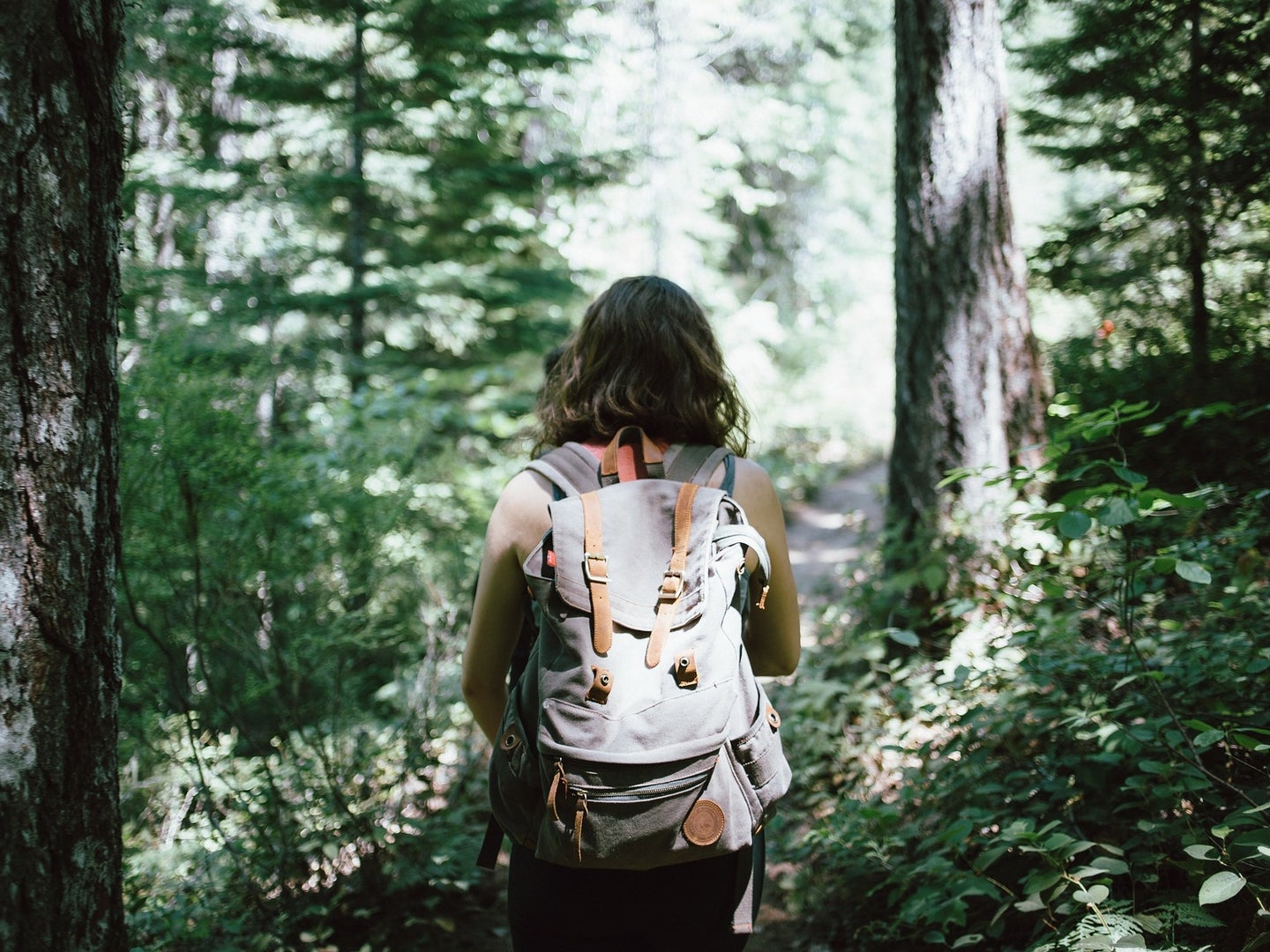Regular doses of awe can do wonders for emotional health
Here’s how to uncover moments of awe—in nature, but also in your living room.

Awe, the emotional response and feelings of wonder people experience when seeing things that they can’t fully comprehend, has long been associated with better mental and physical health. Taking a simple weekly “awe walk” might help older adults engage more deeply with this positive emotion, new research suggests.
In a study published Monday in the journal Emotion, University of California, San Francisco neuroscientist Virginia Sturm and her colleagues describe the findings of an eight-week experiment they did with 52 older adults with a median age of 75 years who were all part of a long-term project on healthy aging. This research was part of a larger project looking at low-cost interventions that would improve brain health.
“We asked all the people in the study to take a weekly outdoor walk for 15 minutes,” says Sturm. Half of the participants were assigned to the control group, and weren’t given any further instructions.
The other half, however, got a brief additional instruction. “When they went on their walks, we wanted them to try to increase their experiences of awe by attending to the world around them,” Sturm says, “and tapping into their childlike sense of wonder.”
At the beginning, middle and end of each walk, study participants took a selfie. After each walk they also filled out a brief survey with open-ended reflections. The researchers also checked in with participants every day, asking them to provide information about their emotional state.
In the course of the study, Sturm and her colleagues found, the awe walk participants experienced a growing number of positive things that left them feeling more connected with the world. That helped them feel better, even days after their walk. For example, in the selfies they took on each walk, participants who went on awe walks increasingly took selfies that included more of the world in the photo frame. Their smiles also grew wider in the photos taken later in the study.
“Even brief experiences of awe yield a host of benefits including an expanded sense of time and enhanced feelings of generosity, well-being, and humility,” the paper notes.
Sturm says she was surprised to see such a big change from such a small intervention. “The gains really emerged over time,” she says, suggesting that incorporating the awe walks into a longer period might lead to bigger effects.
“These results suggest cultivating awe enhances positive emotions that foster social connection and diminishes negative emotions that hasten decline,” the researchers concluded in their paper.
While this study was quite small, and the older adults involved were all initially healthy with limited symptoms of mental distress, Sturm says she’s hopeful about the results. For people experiencing serious anxiety or depression, she says, the mental health gains they make might be even larger, since “there might be more room to change.” She’s also hoping to conduct research with younger people, to see how they respond to this treatment.
Although we don’t know whether or not “awe walks” could help younger people, there’s no harm in taking a 15-minute walk once a week if you’re a young person who’d like to try this out. In the preliminary guidance to subjects, the experimenters asked them to attempt to walk in nature, if possible, and in places that were new to them. These are both settings in which past research has shown it’s easier to experience awe. Additionally, the experiment in this study took place before the COVID-19 pandemic. It might be more complicated to get to those settings now.
However, Sturm says, awe–and its potential benefits–can be found anywhere. “You can definitely experience awe with videos of the Grand Canyon, or of outer space, or of cellular functioning,” she says. “Whatever it is that makes you feel inspired and curious.”